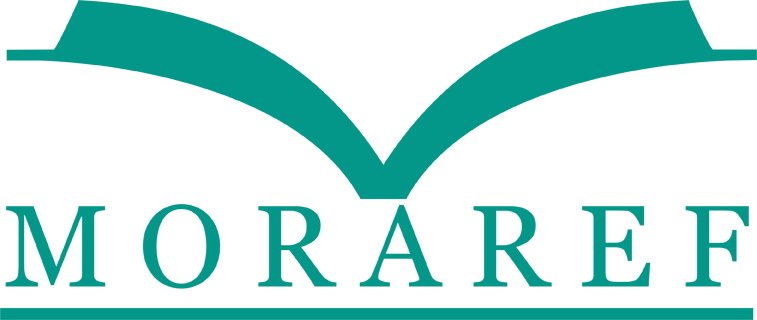EFEKTIFITAS LARUTAN KULIT BUAH NAGA MERAH (HYLOCEREUS POLYRHIZUS) TERHADAP JUMLAH KOLONI BAKTERI DI SALIVA
Abstract
TITLE
The effectiveness of red dragon fruit rind solution (Hylocereus polyrhizus) to bacteria colony in saliva
ABSTRACT
Hylocereus polyrhizus or red dragon fruit is a tradisional herb. 30-35% red dragon fruit is a rind often discarded. Rind of dragon fruit is contains natural pigments and antioxidant that are beneficial to dental health. In saliva are many types of bacteria, which can lead to harmful in the mouth Aims to determine the effect of the red dragon fruit peel extract to colonies of bacteria in saliva.
Method is true experiment, design is a pre and post test design. Subjects were saliva with a red dragon fruit peel extract concentration of 25%, 50%, 75% and 100% with 3 repetitions. Dragon fruit peel extract obtained by pulverized and then filtered. This type of research is analytic, statistical the Wilcoxon test. Confidence level 95% of p value <0.05. Implementation of research in the Laboratory of Microbiology Dental Health of Nursing Departmens, Politecnique of Health Kemenkes Semarang.
Results the effectiveness of the solution concentration red dragon fruit peel extract of colonies bacteria was found at a concentration of 100% (p <0.05), and the lowest concentration of 25% (p <0.05). The active ingredient is a flavonoid. Antifungal and antibacterial effect produced by the red dragon fruit to contain several flavonoids, phenols, Vitamin C, Protein, carbohydrates and antioxidants. This compounds the red dragon fruit is a red and purple on this fruit. Suggestions for further research to be separation of flavonoids contained in the fruit. And for further research on the types of bacteria that effectively eliminated the fruit.
Keywords : Rind hylocereus polyrhizus, saliva, bacteria.
Keywords
Full Text:
PDFReferences
Aliya, D., 2010, Laporan Tugas Akhir, http://222.124.203.59/gdl.php?mod=browse&op=read&id=jbptunikompp-gdl-dinaaliyas-21654&q=dina%20aliya diakses tanggal 10 November 2014.
Brainerd, A.L., 1968, Human Histology a textbook in outline from W.B. Saunders Company, Third edition Philadelphia. London, Toronto.
Depkes RI, 2009, Undang-undang Kesehatan No.36, Jakarta.
Depkes RI., 2013, Laporan Riset Kesehatan Dasar (RISKESDAS) 2013 , Jakarta.
Gerald, I.R., Robert, C., 1981, Oral Biology.The C. V. Mosby Company.
Hadioetomo, R.S., 1985, Mikrobiologi Dasar Dalam Praktek Teknik dan Prosedur Dasar Laboratorium, Gramedia, Jakarta.
Handayani, P.A., Rahmawati, A., 2012, Pemanfaatan Kulit Buah Naga (Dragon Fruit) sebagai Bahan Pewarna Alami Makanan Pengganti Pewarna Sintetis, Jurnal Bahan Alam Terbarukan, Volume 1, No. 2, 19-24.
Haskell, R., Gayford J.J.,1991, Penyakit Mulut. Jakarta
Ircham, M., 2008, Menjaga Kesehatan Gigi dan Mulut Anak-anak dan IbuHamil, Fitramaya, Yogyakarta.
Kristanto, D., 2009, Buah Naga Pembudidayaan di Pot, Panebar Swadaya, Jakarta.
Notoadmodjo, S, 2010, Metodologi Penelitian Kesehatan, Rineka Cipta, Jakarta.
Pelczar, M.J.,Chan, E.C.S., 1988, Dasar-dasar mikrobiologi. Jakarta. Penerbit UI.
Putri, M.H., Herijulianti, E., Nurjannah, N., 2011, Ilmu Pencegahan Penyakit Jaringan Keras dan Jaringan Pendukung Gigi, EGC, Jakarta.
Saneto, B., 2010, Karakterisasi Kulit Buah Naga Merah (H. polyrhizus), Agrika, Malang.
Sastroasmoro, S., 2002, Dasar-dasar Metodologi Klinis, Sagung Seto, Jakarta.
Yuwono, L., 1991, Pencegahan Penyakit Mulut (Preventive Dentistry), Hipokrates, Jakarta.
DOI: https://doi.org/10.31983/jkg.v2i01.1151
Article Metrics
Refbacks
- There are currently no refbacks.
| View My Stats |











.png)


.png)
.png)








